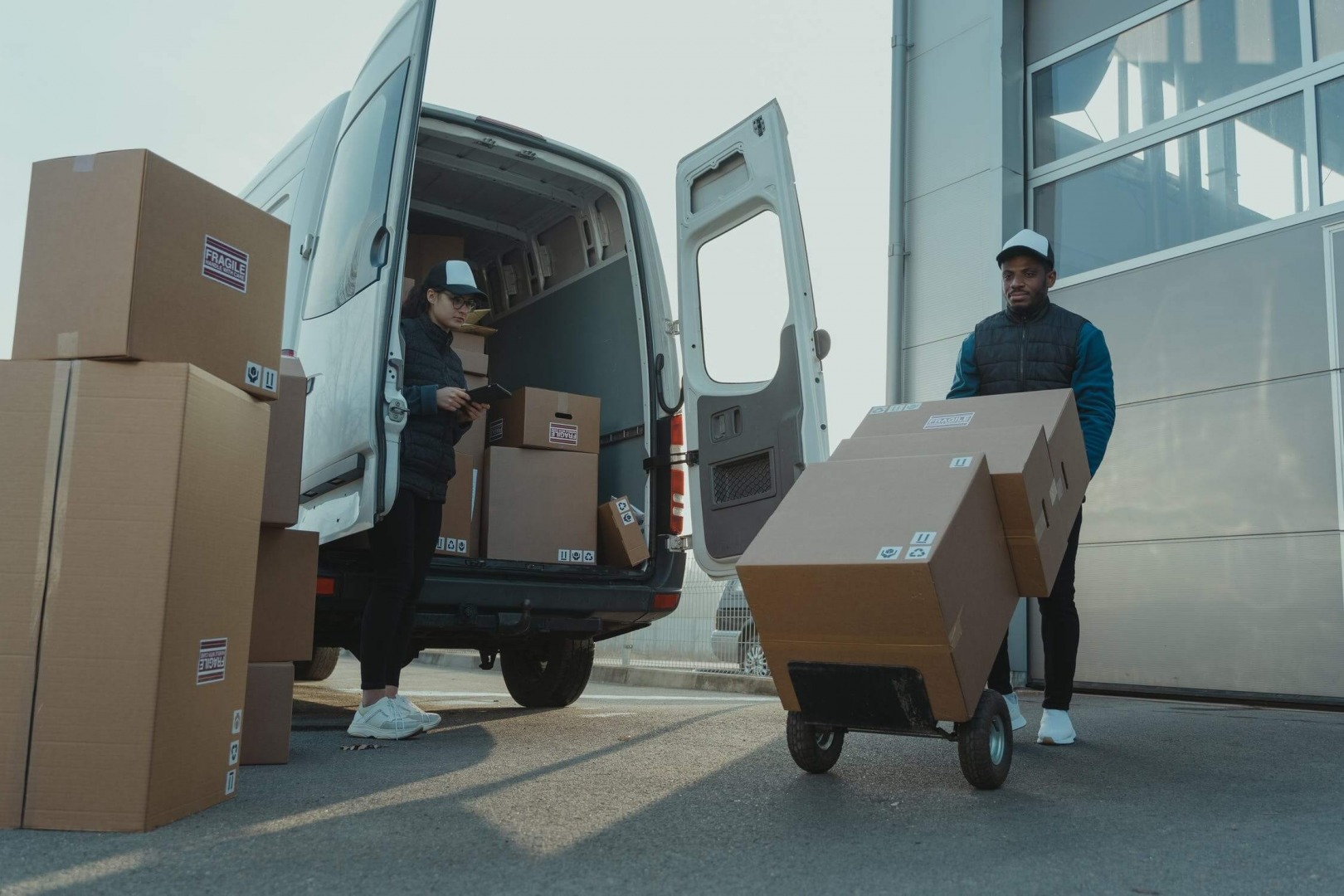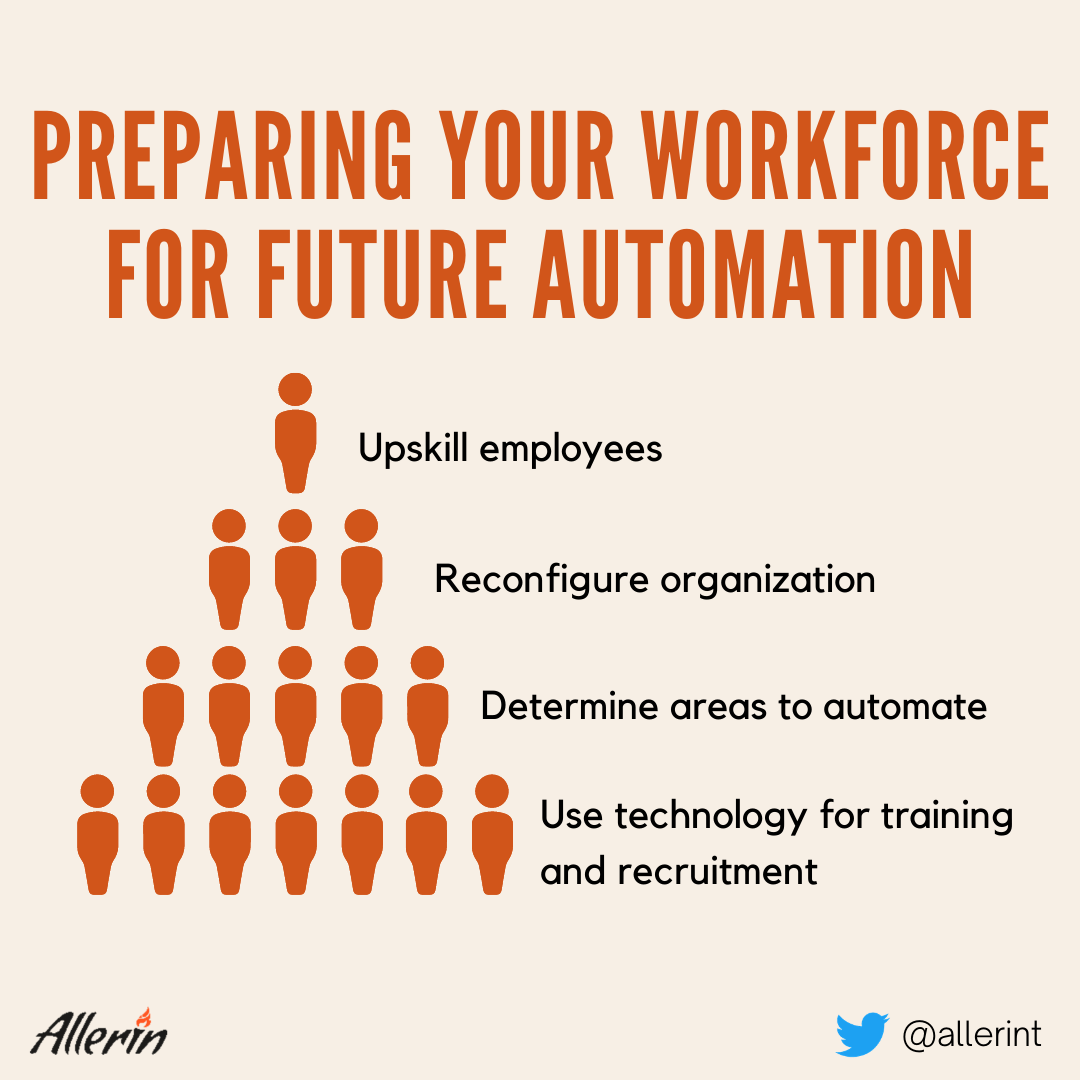Organizations involved in international commerce are constantly looking to gain a competitive edge over their rivals.
Such organizations can certainly attain the market dominance they so crave if they incorporate IoT and other related technologies into their daily operations.
In today’s sped-up world, the most valuable currency of them all is time. While that line may hold true for every sector, time is especially critical in the field of international commerce. Every organization involved in this industry find new and innovative ways to shave off those few seconds here and there from their daily logistical operations. Information is nearly as important as time. To be more precise, not just any information: simple, timely information. At every step of the logistical and supply-chain cycles, the stakeholders involved require real-time information about aspects connected to the process. The companies that consistently get their time and information management right end up sitting atop the pecking order in the global market.
Now, you may think that the cost factor and how to ship a car are also important in this industry, right? That is correct. However, the fluctuation in costs in international commerce can frequently be linked with those two aspects. For example, if a buyer in Berlin does not receive timely information about a delay in their shipment, they may penalize the seller (based in Mumbai) in the form of monetary compensation, thereby running up the shipping costs for that order.
The entire point of including IoT and other related technologies in the field of logistics is to optimize the time and information-related aspects of every cycle. These technologies, collectively known as connected logistics, can truly revolutionize the field of international commerce.
Enhanced Information Flow During Transportation And Delivery
During shipping and transportation, organizations can obtain large amounts of information by introducing technologies such as Radio Frequency Identification (RFID) chips and IoT devices in the carriage trucks, shipments, and individual product units. The data generated from these devices allow all the stakeholders to know the exact location and condition of the shipments. Additionally, organizations can get an idea about the transportation and shipping prices in the market before they can select their freight forwarders for overseas shipping. As a result, the overall visibility and transparency increase with the introduction of IoT in logistics. Traditional logistical cycles do not have the level of transparency and clarity during the various steps of the supply chain. The shortcomings stem from the fact that age-old logistical workflows rely on historical information for ongoing transportation and delivery processes. As a result, there are stark differences between the estimates regarding fuel prices, route choices, and other aspects.
Connected logistics allow organizations to plan massive orders and shipments well in advance. Setbacks encountered due to outdated information are also nearly absent in connected logistics. The increased level of information generation and real-time updates help organizations and businesses to prevent delayed deliveries. Moreover, the exact nature of the data ensures that businesses avoid underestimating or overestimating the capacity of containers or trucks while creating size-related plans for individual batches of goods to be shipped at a given point in time. Unfortunately, the IT and other expenses are high. Also, the high level of technological involvement may result in businesses exposing themselves to more data security threats.
Improved Warehouse Management
The involvement of IoT in logistics has several positive impacts on the stock management processes and mechanisms of organizations. Firstly, using area-based monitoring and estimation, IoT-connected devices configure the optimal structure of a warehouse even before it is conceptualized and constructed. By using this technology, organizations can save time and costs even before their storage facilities are built. Moreover, factors such as storage space, the correct placement of stock, and the number of laborers required can be predetermined with the help of connected logistics. As a result, while implementing it may be expensive, IoT in logistics can prove to be a cost-effective option for organizations in the long run.
Companies such as Amazon that are involved in the field of international commerce use AI-powered robots to carefully manage and retrieve goods and raw materials in their warehouses. The use of robots, although expensive, is helpful in a few ways, such as assisting human beings with lifting, removing or replacing big and heavy objects. Connected logistics involves the inclusion of multiple thermal radiation cameras and sensors which continually monitor the quantity of the goods in the organization's storage facilities. More importantly, the system also checks the quality of the stock present in the warehouse. Perishable goods, erosive products, and bio-degradable raw materials can be analyzed by incorporating machine learning and computer vision technologies in the warehouse management systems.
Keeping in line with the concept of interconnectivity and information flow, any details about a noticeable change in the quality or quantity of stock can be relayed to the warehouse supervisors, transportation managers, and other people involved in the process. Advanced IoT systems are capable of determining the number of workers required for specific occasions (such as festive seasons, when the demand for goods is high). Based on this information, organizations can make work schedules and targets well in advance.
Better Temperature Tracking for Cold Storage Goods
The need for cold storage transportation has been highlighted during the ongoing COVID-19 pandemic. Most of the COVID-19 vaccines need to be stored at near-sub-zero temperatures while they are transported around the world. As a result, the management of cold chain storage and transport has become a critical task for several countries around the world. In international commerce, cold chain storage is a fundamental aspect of the supply chain. This type of storage and transportation procedure is used for food items, beverages, drugs, vaccines and chemicals. There are a few commonly associated issues with cold chain transportation. Generally, foods and chemicals perish or erode if not preserved in a frozen condition continually during their transportation and storage. While the product, chemical or other similar items can endure the supercooled storage facilities, their carriers will not be able to do so. Medicines and vaccines, especially, need to be stored in surroundings that are cooled up to -2 degrees. That temperature could damage a transport vehicle over an extended period.
The inclusion of IoT in logistical processes can resolve problems like these. A temperature assessing device can be installed in the cold storage carrier. With IoT, this temperature-assessing device can provide real-time information updates to transportation supervisors and managers in the regulatory organizations. Here is how the IoT system could work: While the goods are in transit, the installed device continues to display information about the temperature within the carrier. If the temperature goes down in the mobile storage facility, the transportation supervisors will be notified about it. In such instances, major problems could be prevented.
Streamlined Shipment Security and Theft Tracking
With IoT in logistics, goods can be safeguarded against getting stolen during the transportation process. To achieve this, transportation providers normally install connected devices such as IoT- powered CCTV cameras in their smart containers used for freight. These devices constantly monitor the goods in the containers. The real-time streams of information allow several stakeholders to know the status of an ongoing shipment. Connected logistical devices help organizations track individual goods in a large shipment too. They notify and allow transportation managers to take swift action if an attempted theft is detected. Moreover, RFID tags on each product can help the organization to recover stolen or missing items from a shipment.
Perfecting Last-Mile Delivery Phase
In trade, it has been observed that the so-called last-mile journey, which is the final stretch of the supply chain that concludes with the customer receiving their purchases, is one of the most challenging phases for various purposes. From an organization's point of view, the last-mile delivery process is crucial as it may result in the retention of their customers. IoT-powered devices positively influence the phase by detecting potential issues in the delivery routes, weather conditions, and other myriad aspects. This data can be relayed to the deliverer. As a result, connected logistics can help with making the last part of the supply chain perfect.
As you can see, the introduction of IoT and other related technologies in the field of logistics can benefit organizations involved in international commerce. To transform international commerce, countries and organizations need to embrace the standardized application of connected logistics to have it in sync with other industries, which are eventually moving towards adopting AI, IoT, and other advances in digital technology in their daily operations. Eventually, measures must be adopted so that connected logistics can become the norm rather than the exception. While that requirement comes with its own set of problems, proper implementation of connected logistics can help organizations overcome them. Over a long period, the list of benefits far outweighs the potential drawbacks regarding its implementation.




Leave your comments
Post comment as a guest